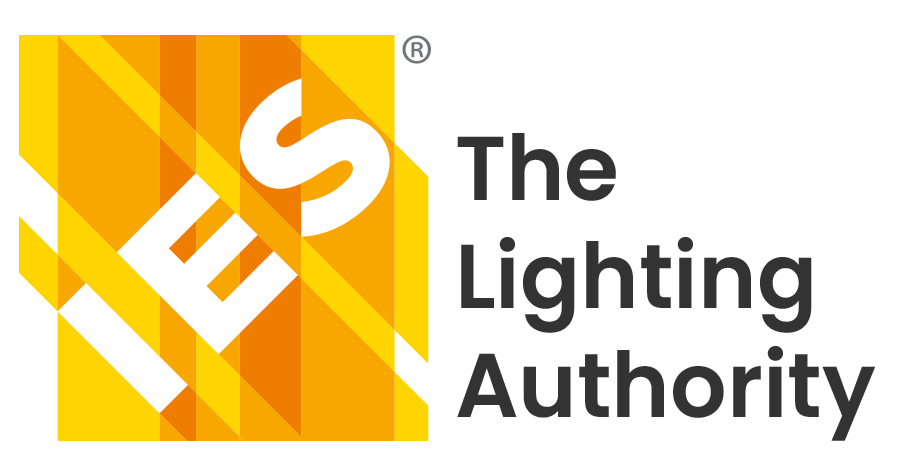By Mark Lien
Imagine a group of lighting futurists meeting in a small room for a day discussing their vision of where our industry is headed. It happened, it was a geek fest and it was a pleasure to participate. I brought to the table 10 statements. There was a consensus on all, but only three elicited unanimous agreement. The 10 statements appear below.

- The IoT revolution will be more disruptive than the SSL revolution.
- Lighting’s role in the IoT will begin and be defined for the short term by exterior lighting and implementation into smart cities.
- Lighting software and services will dominate our IoT involvement with purchased products typically relegated to commodity items at low margins.
- The industry opportunities now are greater than in decades due to the expansion of connected devices.
- The lighting products that will excite consumers in 2025 do not exist yet.
- Once “dumb” LEDs are installed, the business case for controls is weak as the most significant ROI comes from the conversion to LEDs.
- The lighting industry is threatened by assimilation into the electronics, telecom and Internet companies as it appears to be becoming an integral part of a larger product.
- Energy efficiency will not drive the lighting industry after SSL is installed. Growth will be dependent on other features and benefits such as system integration and the health benefits that light can provide.
- Most of the technology we will be using in 20 years has not been invented yet, new technology will require endless updates and the cycle of obsolescence is accelerating so we will all be perpetual newbies unable to master anything before it changes again.
- The past taught us that experts can save us from complexity but that as time has passed, the extent of knowledge required is often beyond one individual’s understanding.
THREE THUMBS UP
One statement that had unanimous agreement was Number 4 (“Industry opportunities now are greater than in decades due to the expansion of connected devices.”). Considering the growth and disruption that SSL delivered, this is staggering in terms of how the lighting community will be altered. If it was accurate to use the commonly accepted description of a solid-state lighting “revolution,” then IoT is poised to be even more transformative. What is obvious to anyone in our field is that we are rapidly shifting to lighting systems with more interconnected devices and increased integration into the electrical and architectural infrastructure of applications. What is not intuitive is the products that will emerge due to our convergence with multiple technologies that are also experiencing exponential growth.
That leads us to the second statement that provoked unanimous agreement, Number 5 (“The lighting products that will excite customers in 2025 do not exist yet.”). It looks like they will be delivered by Amazon Drones using streetlights to dock and recharge. Our opportunity and challenge is not just to create these exciting new products but to retain our sense of community and not relinquish control to the larger industries that we will, at least initially, be partnering with.
The third statement unanimously agreed to reflects the above concern. Number 7 states that “the lighting industry is threatened by assimilation into the electronics, telecom and Internet companies as it appears to be becoming an integral part of a larger product.” The outcome will be determined by the value we offer, how easy it is to commoditize it and whether we can convey our value in time. If a pole on a street integrates video surveillance, microphones, sensors for gunshots, pole tilt, asset management, seismic activity, various pollutants, temperature, humidity, radiation, pollen and other allergens, along with GPS, a public-address system, sirens, Wi-Fi, vehicle guidance signals, a drone docking station, etc. and it also has a lighting module built in, is it a luminaire or a digital platform with the LED option? Who owns the design and manufacture of this end product? What if LED modules are produced for various height and spacing criteria and they just need to be inserted into the option plate on a pole?
A CHANCE TO SURVIVE
Conveying our value to the user is a paradigm shift for a B2B industry like ours. If we can quantify the effect of lighting and design options on aesthetic appeal, safety, sales and health, and effectively communicate these values, then we may live to fight another day. The research, marketing and education to achieve this will be expensive and take time. It will be hard to sell to corporate shareholders looking for a faster return on their investment. The research will need to be statistically significant, the marketing unified and the education directed outside of the lighting community.
We have excellent researchers and facilities who, given the funding and time, could excel at their part. New and updated standards would result and drive further growth. Our outreach for marketing and education beyond the insular borders of our industry is often a topic of discussion but rarely realized. There are visionaries who even now are considering how to unify our educational efforts. A unified vision would aid the marketing outreach.
If you believe that most of these statements are true, then what can you do to contribute? I remain cautiously optimistic. Please allow me to add one final statement for your evaluation: Our lighting community has the resources to shape the future of our industry. We need the shared vision and the will.
Do you agree?
